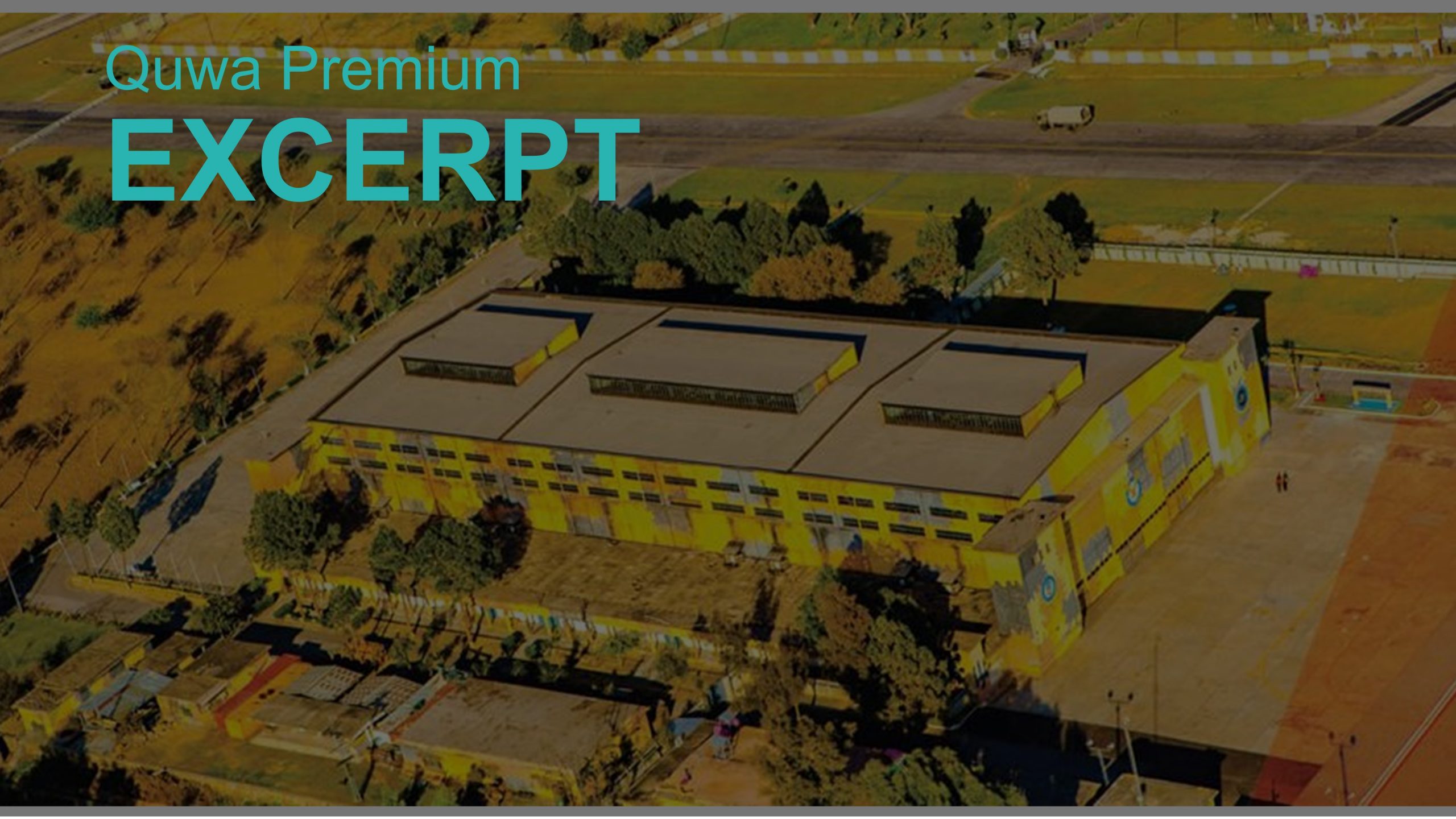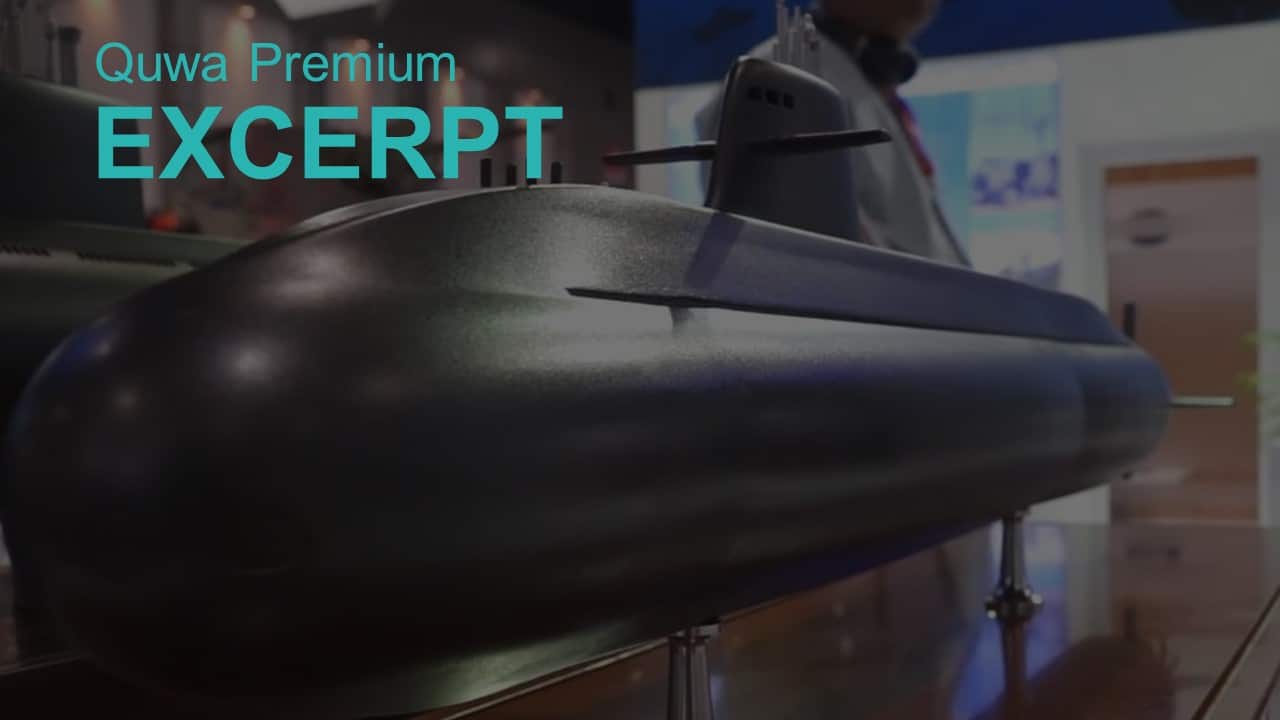2413Views

Analysis: How Pakistan Can Design a Loyal Wingman Drone
By Syed Aseem Ul-Islam
Author Profile: Syed Aseem Ul Islam is a Research Scholar at the University of Michigan, Ann Arbor, USA, specializing in adaptive and model-predictive flight control systems. He received his bachelor’s degree in aerospace engineering from the Institute of Space Technology, Islamabad, and his master’s and Ph.D. degrees in flight dynamics and control from the University of Michigan.
A previous article discussed how the goals and projects under Project Azm needed to be reoriented to make them achievable within the constraints of Pakistan’s aerospace ecosystem and the realities of TAI’s existing and substantial investment into its TFX program. That article had argued that Pakistan Aeronautical Complex (PAC) should be pursuing a loyal wingman unmanned combat aerial vehicle (UCAV) project instead of a fifth-generation fighter aircraft (FGFA) program. This article will propose a possible roadmap for such a program.
The proposed program envisions two UCAV’s (named ‘Vafadar-1’ and ‘Vafadar-2’ for the purpose of this article). Vafadar-1 would serve as the first step in PAC’s quest towards developing a loyal wingman program. It can serve as a testbed for technologies and be a relatively lower-risk and lower-cost UCAV program. Towards the end of the Vafadar-1 program, the Vafadar-2 program could be started, which will build upon the successes of its predecessor. Vafadar-2 would be bigger, more capable, and more expensive than Vafadar-1. Both loyal wingman UCAV’s will present the Pakistan Air Force (PAF), Turkish Air Force (TuAF), and potential export customers with two options that can work together seamlessly and provide the perfect mix of low and high-end loyal wingman capability.
Designing, constructing, and flying these UCAVs that are approaching manned fighter jets in complexity will give PAC valuable experience and build the human resource and infrastructure that it is currently lacking. Embarking on this program will build the foundations on which PAC will become capable of designing and building large parts of a manned fighter jet, as is the vision under Project Azm.
Involving Private Industry
Since the design and development of these UCAVs will be a paradigm shift for Pakistan’s aerospace industry, this will make it the perfect time to start involving the private sector in the program.
PAC should put out a requirement for the Vafadar-1 loyal-wingman UCAV and invite proposals from Pakistani aerospace companies, such as Integrated Dynamics, Woot Tech, and Satuma.
Obviously, these companies currently do not have the capacity to undertake a program of such complexity. Thus, the intention of involving these companies in the program is to gradually build their capacity. Their proposals should include their own capacity enhancement plans and how they intend to collaborate with PAC and other private companies in order to account for their individual deficiencies. For example, Solunux may be invited for expertise on turbines, Sherani engineering may be invited for expertise jigs and assemblies, and East-West-Infiniti may be invited for expertise in electronics. In Western fashion, two consortiums of private companies might be selected as finalists and two competing designs for Vafadar-1 might be taken to the prototype stage.
The rest of the article proposes the kinds of capabilities that such a UCAV will need in the author’s opinion. Additionally, “back-of-the-envelope” designs for both Vafadar-1 and Vafadar-2 are also given to be used as inspiration if (or when) such a program is pursued…
End of Excerpt (481/1,963 words)
You can read the complete article by logging in (click here) or subscribing to Quwa Premium (click here).
Get More Insights on the Pakistan Air Force’s NGFA Program:
- Realigning Project AZM: Balancing Ambition with Pragmatism
- Project AZM: Updates to Pakistan’s Next-Gen Fighter Program
- The US NGAD and Digital Engineering: Lessons for Pakistan
- Pakistan Offers Glimpses of Next-Generation Fighter Program
- A Pragmatic Vision for Project AZM
- Why PAC Needs In-House Development of Flight Control Systems


